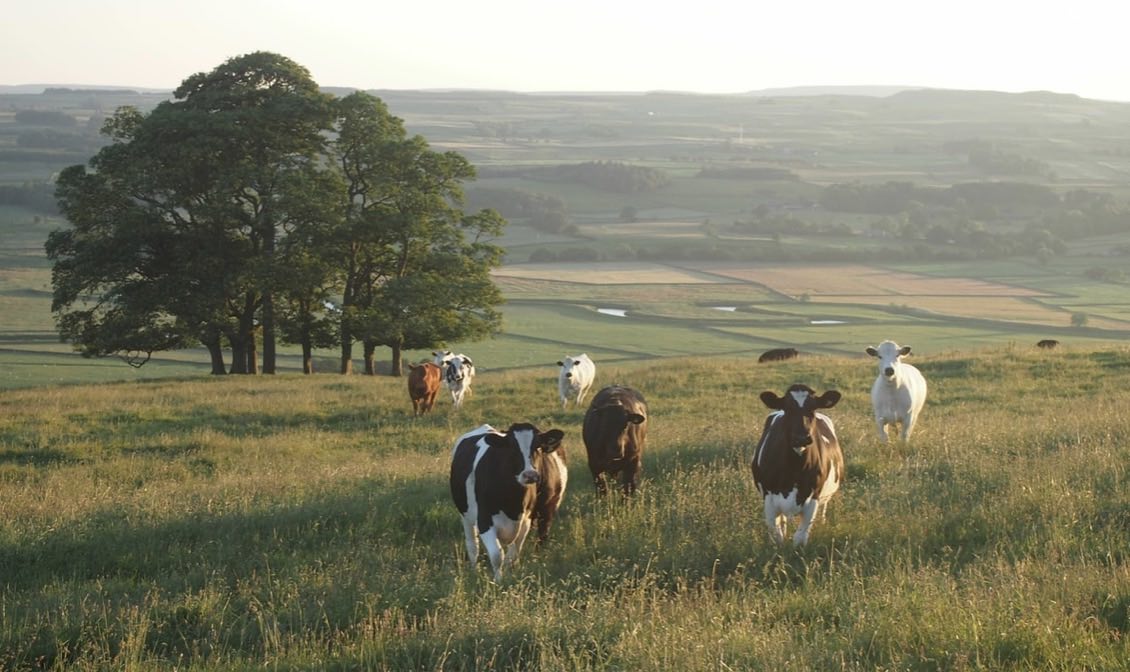By Scott Mechura EBS Food Columnist
Beef and cattle have a relationship almost as symbiotic as humans do with corn. Yet, beef still seems to get a bad rap.
There is so much more to cattle than just the black and white four-legged creatures we see on television and milk cartons. So, I thought I would share some facts I find interesting about our bovine friends.
More than meats the eye: Beef facts you’ve never heard of
- The price of beef actually went down over the period of the Trump Administration by about 30 cents. From a gross carcass weight of $2.16, down to $1.84.
- A calf weighs between 70-80 lbs at birth and they will be on their feet taking their first steps within two hours. It is at this point that their survival depends on their first mother’s milk, called colostrum. This first milk contains double the fat of future milk, packed with fat, vitamins and nutrients. As this milk is consumed, the mother will then produce the milk we are familiar with that comes in cartons.
- Cattle have one stomach but it has four separate compartments. They pass hay, grasses and feed back and forth as well as regurgitating this ruminant, called cud, back to where the cow can continue to chew it for up to eight hours a day until it is of satisfactory texture to be permanently digested. This is what’s known as chewing their cud.
- A cow is a ruminant mammal. Deer, sheep, goats and elk are also ruminants.
- A calf is at their mature weight by about 8 months if all goes well. Weights vary, but an adult beef cow weighs on average about 1,500 lbs.
- Beef cattle are one of the most efficiently utilized animals—98 percent usage to be exact. It’s not just a matter of cutting steaks and burgers and the rest of the animal has no use. About 45 percent of the carcass is used for meat, then the rest has any number of uses, including china, glue, film, gelatin, leather, insulin and soap.
- One single cowhide can produce 144 baseballs, 20 footballs, 12 basketballs or one beautiful rug in front of your mountain home fireplace.
- We hear a lot about beef cattle, their impact on the planet and their exponential growth. But the reality is that not only have the number of cows and calves decreased since 1055, but since 2001, we have 400,000 fewer beef cattle in the U.S.
So, all these numbers would indicate that we should not be paying more for our beef than we did in years past. On the surface logic would say this doesn’t make sense, but the reality is that it is the labor and ability to process our beef cattle that is at the crux of the issue.
We as humans, and particularly Americans, have worked diligently on trying to balance the circle of life, our natural evolutionary tendencies, as well as being sustainably conscious.
But as I’ve pointed out in previous pieces, science has shown that beef cattle, properly managed on the land, have a positive impact, not a negative one.
Scott Mechura has spent a life in the hospitality industry. He is a former certified beer judge and currently the multi-concept culinary director for a Bozeman based restaurant group.

















